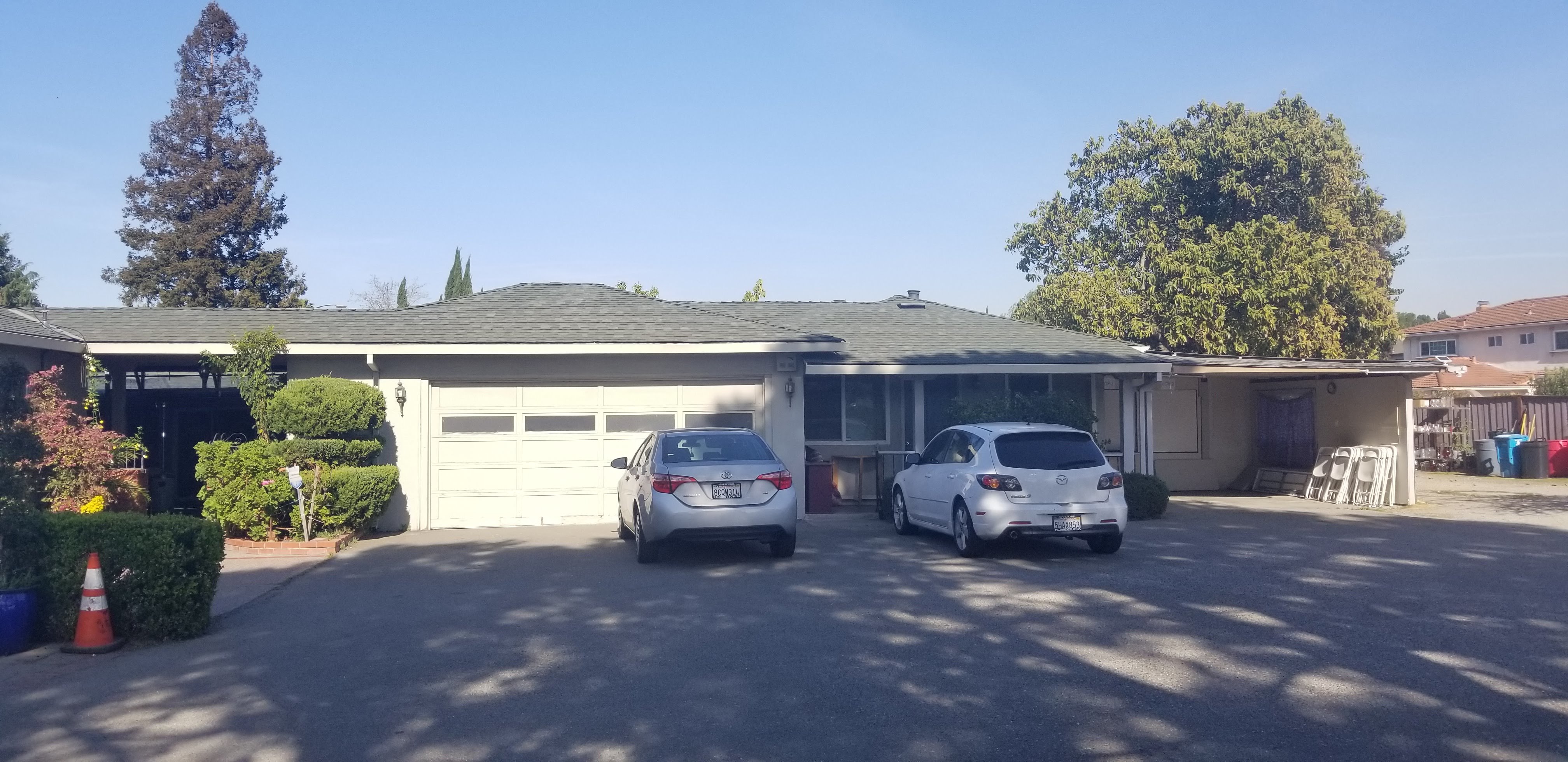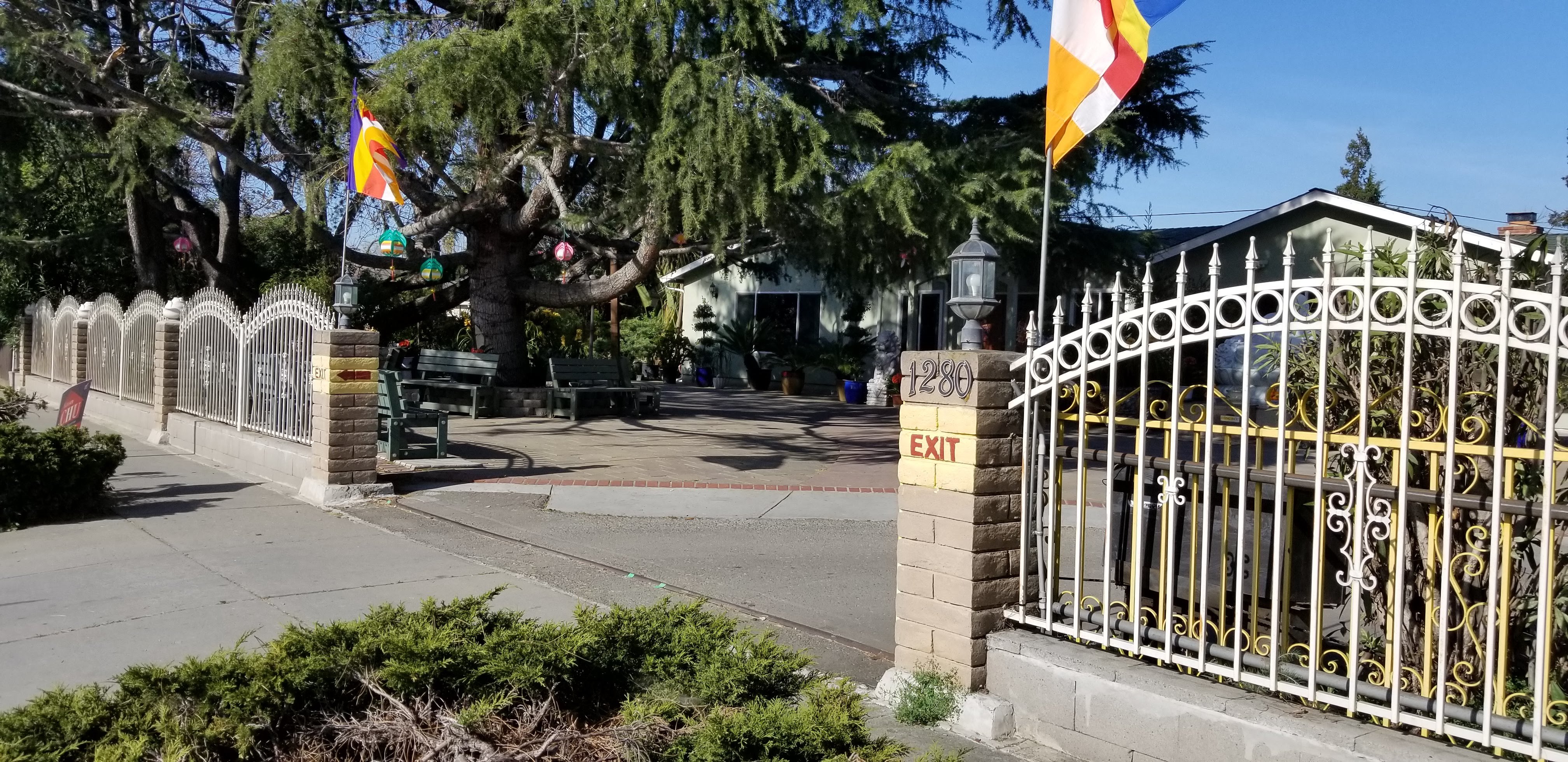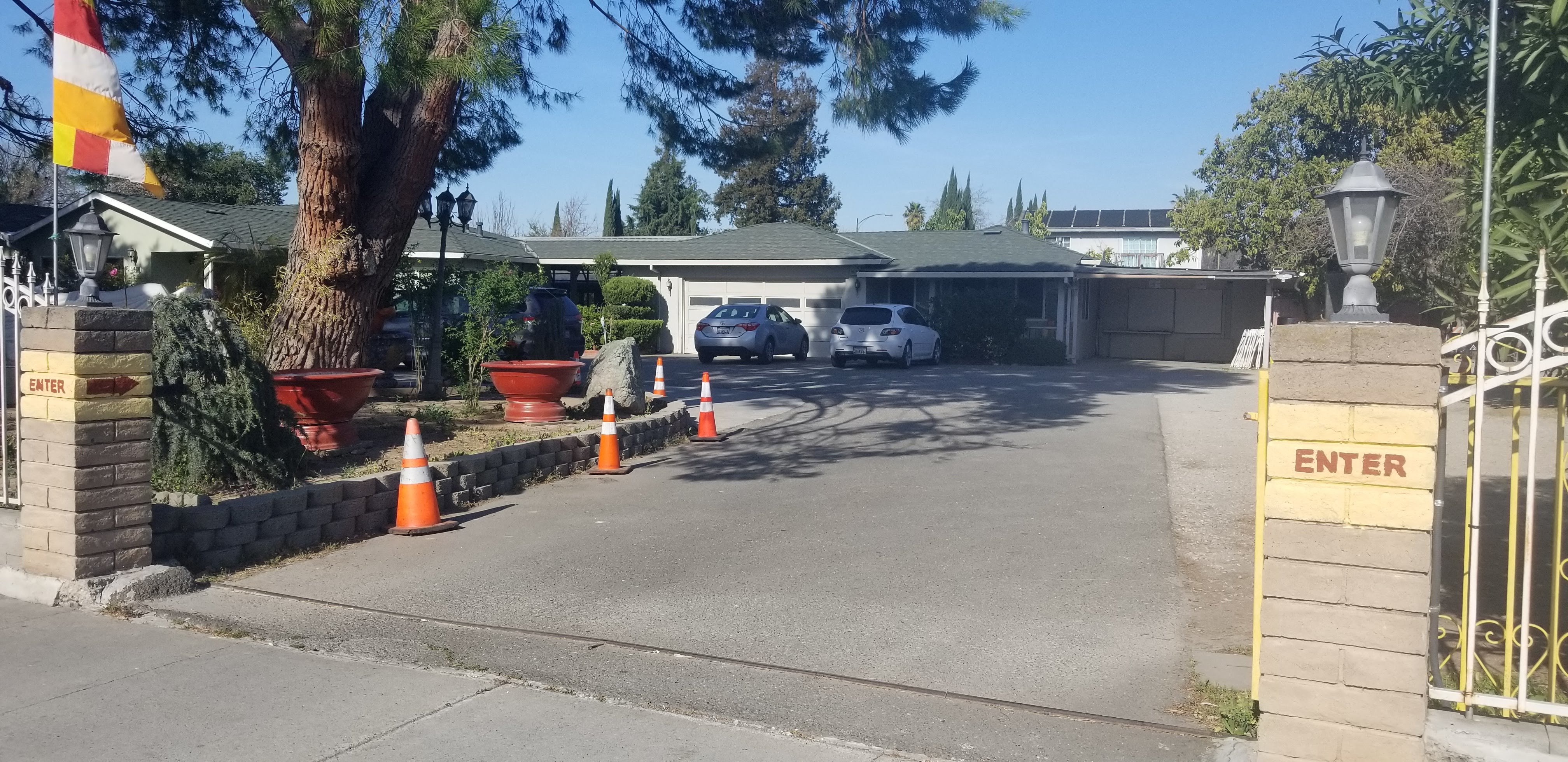House and Temple
As seen in the images to the left, the architecture of the temple still remains in the design of a house, but the entire purpose of the space has changed from a private home to a public temple. Even though the temple still looks like a house, the temple's identity and purpose is obvious when the large Buddhist statues are seen. Despite the place's primary purpose to be a public temple, it still functions as a private home for the monks because they live in a section of the house that is not accessible to the public. Therefore, the place functions not entirely within the genre of a temple, but as a hybridity between home and temple. This hybridity as a temple and home actually helps the temple's rhetorical effectiveness because it allows the private experience of mourning to be public while still maintaining an intimate atmosphere because of the architecture being similar to a home. As mentioned in the section about touch, the users are taking their shoes off when indoors as if they are visiting someone's home. From my own personal experience from visiting temples, this is first time where I have to take off my shoes to partake within the Buddhist practices because other Buddhist temples are so large and their floor is simply cement that everyone keeps their shoes off. This does not necessarily mean the other temples are more rhetorically ineffective, but that this hybridity of home and temple works well specifically for the Tu Lam temple.




